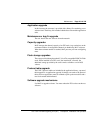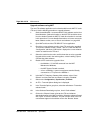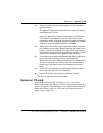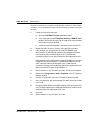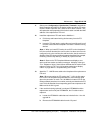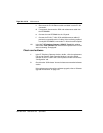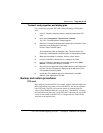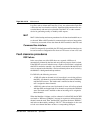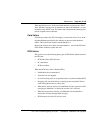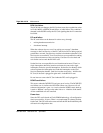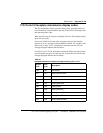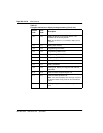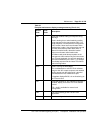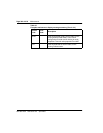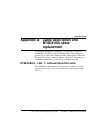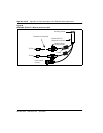
Maintenance Page 327 of 378
ITG Trunk 2.0 ISDN Signaling Link (ISL) Description, Installation and Operation
When the DSP recovers, all the associated channels are put into the “IDLE”
state. “REStart” messages for all channels are sent to the Meridian 1 to reset
the trunks to the “IDLE” state. The leader card is informed and incoming calls
can be assigned to those channels.
Card failure
If following a reboot, the ITG card displays a code in the form of F:xx on the
faceplate Maintenance display, this indicates an unrecoverable hardware
failure. The card will not register with the Meridian 1.
Remove the card for two to three seconds and then re - seat it in the IPE shelf.
If the failure continues, replace the card.
DCH failure
This section covers the following three types of DCH failure which can affect
the ITG card:
• DCH link failure (DCH releases)
• PC card failure
• DCH card failure
When the DCH fails (with no backup DCH):
• Established calls are maintained.
• Transient calls are dropped.
• No new incoming calls are assigned to trunks associated with that DCH.
• Outgoing calls are blocked from occurring by the associated Follower
cards forcing their trunks to a busy state.
• When the far-end user releases an established call, the system uses SSD
messaging to Meridian 1 to inform the core the call is released.
• When the near end user releases an established call, the Meridian 1
informs the Follower through SSD messages.
• ISDN features across the IP will not work.



